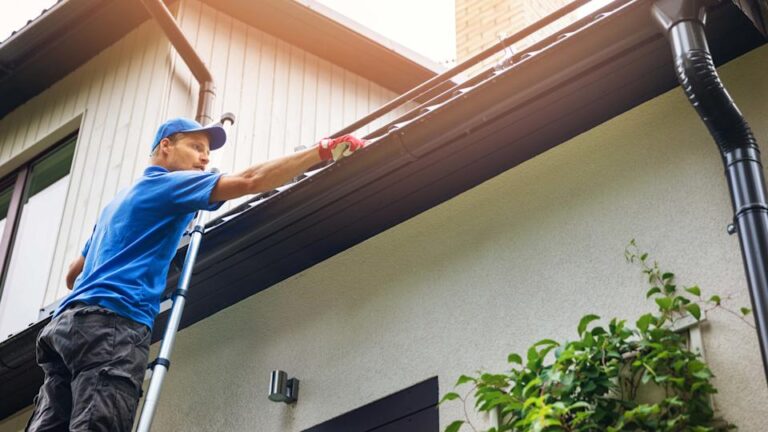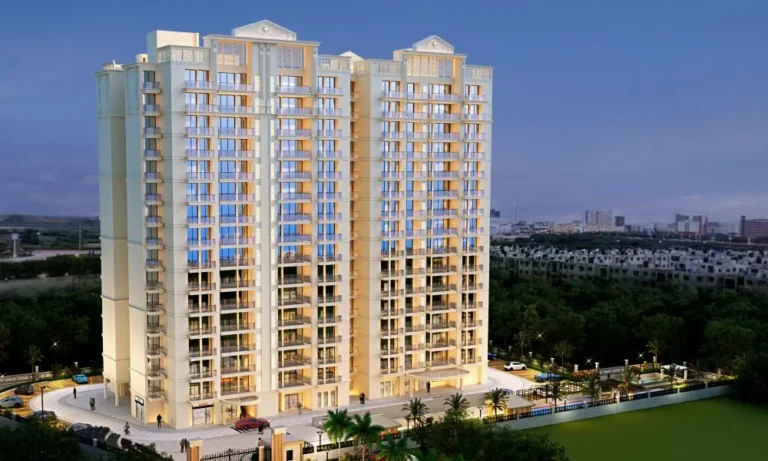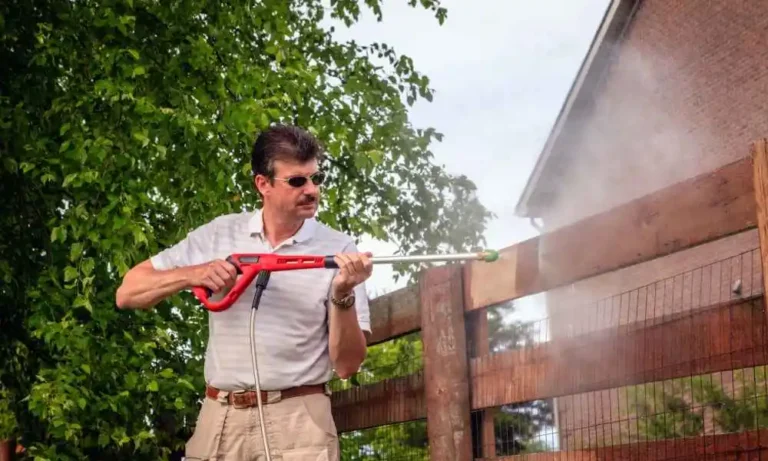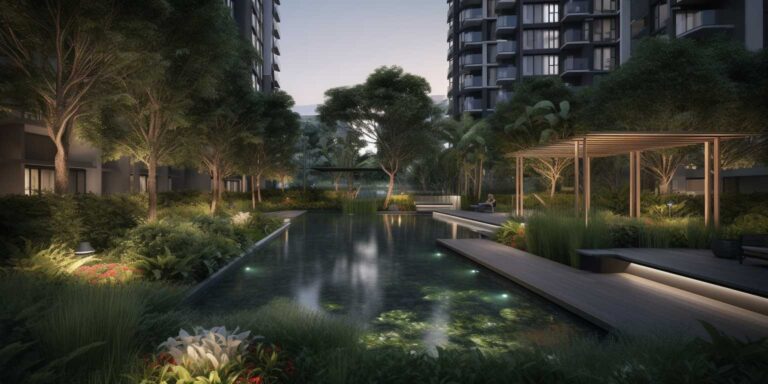
Within the publish-pandemic world, technology could have a huge role across industries. In India, the growing affordable housing deficit has put pressure on the federal government along with the construction industry to provide an answer. More and more more technology-driven construction might make modern housing an inexpensive and attainable vision.
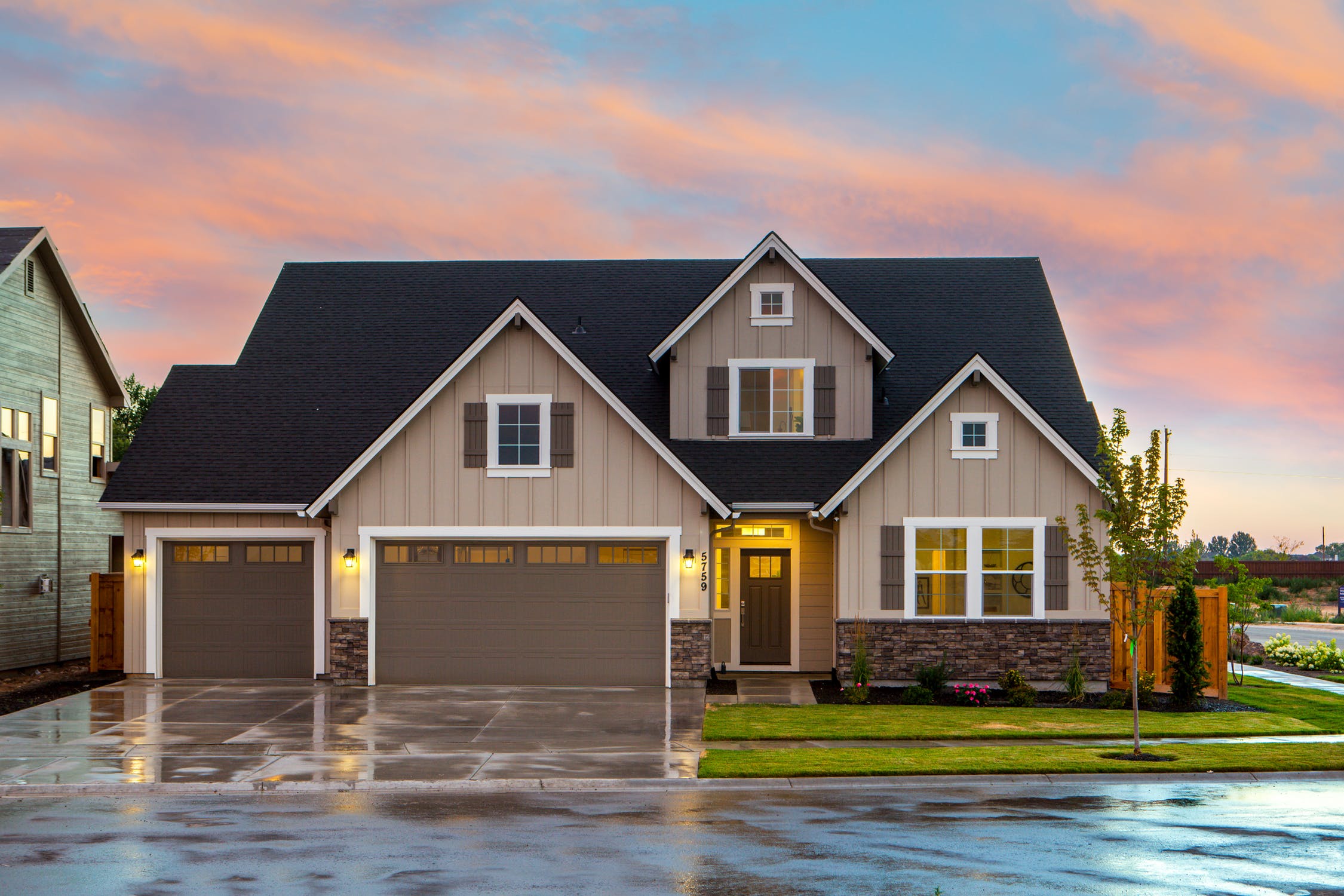
Modular construction has been around for just about any significant extended time, and modern structures has become built even faster with new advancements in technology. The earth observed China fabricate an emergency hospital to handle novel coronavirus patients in only 10 days. The 645,000-square-foot improvised clinical setup was the best of modular construction.
Is really a factor with this particular effect conceivable for India’s property sector?
Katerra, India’s leading construction company, has offers to transform the strategies by which housing is delivered. By creating a new technology and elegance-first method of the residential projects, we’ll enable building 10- and 20-floor apartment structures within six a few days. Katerra’s building platform uses components like bathroom pods, modular utility systems, and handle-to-finish services from design-to-production-to-installation.
Concept
Most structures today are produced having a one-off model, a procedure that’s unique to construction. In several highly specialized industries, from cell phones and airplanes to computers, cars, and understanding centers – developers spend effort and time in development and research to produce high-finish components which are then utilized in many combinations to produce and personalize different products. It might be irrational to make a vehicle or computer on your own for each user – yet it’s a appropriate norm in construction.
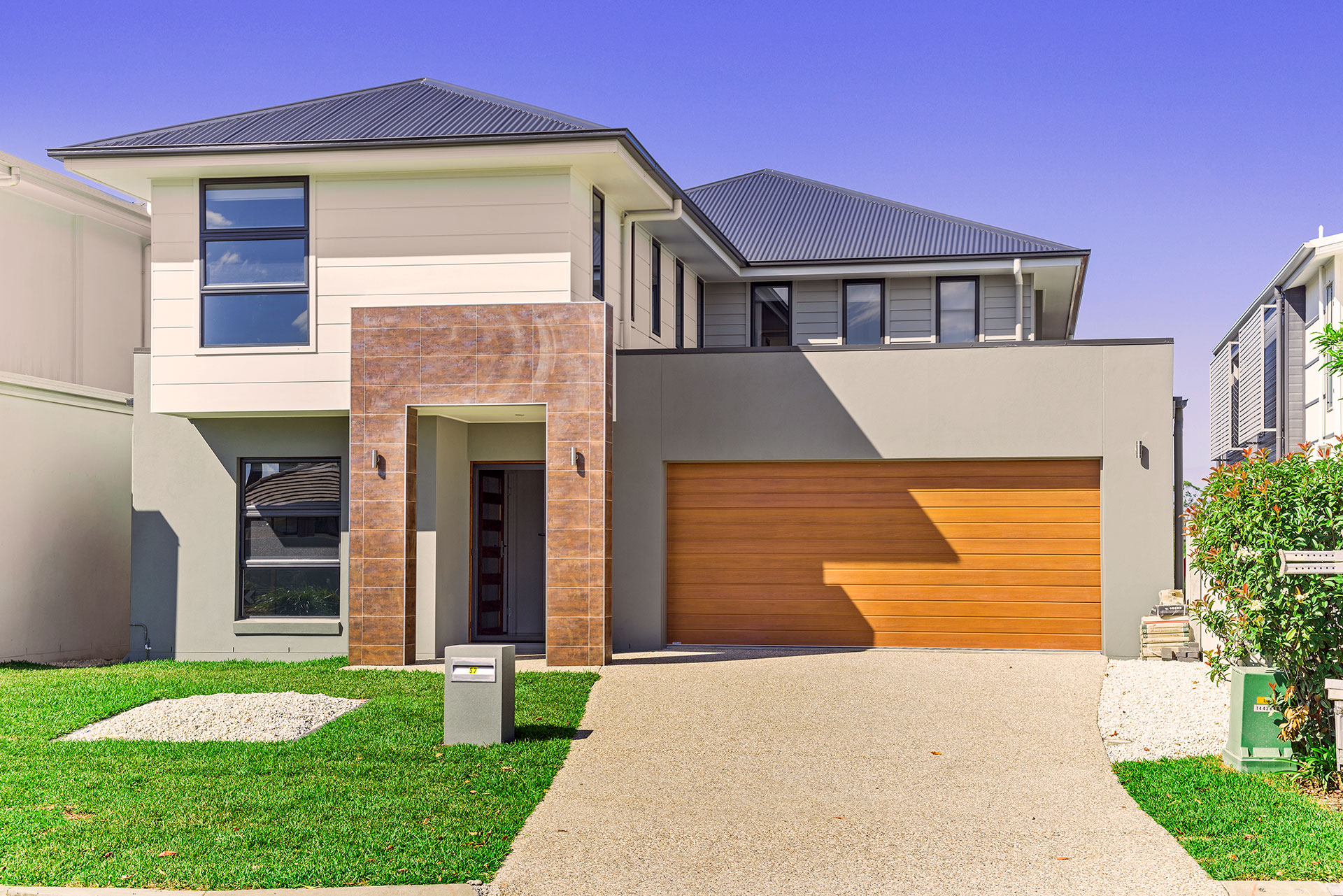
Katerra is challenging that established order getting its building platform concept.
Katerra is challenging that established order getting its building platform concept. As with every highly industrialized product, we’re breaking structures into components. Bathrooms, kitchens, and modular rooms are types of 3D components, while walls, beams, posts, and staircases are types of 2D components. Each component might be acquired in lots of specifications made to optimize space and efficiency. A Katerra customer consider a library of choices to create their building, with automated software letting them see adjustments to cost according to their selections. Structures fittings and finishes like tiles, facades, and fixtures are customizable based on client preferences. This amazing mixture of pre-designed components with customizable options brings unparalleled efficiency, the benefit of massive production, elevated sustainability to structures, and room for personalization in every single project.
Fully finished building components are produced by getting an setup-lin in Katerra’s condition-of-the-art factories, then transported for that site for quick installation. Producing building components within the controlled offsite atmosphere cuts lower round the finish-to-finish design making time by 50 plusPercent – delivering better, faster, and even more sustainable housing solutions.
Benefits
Katerra homes essentially reduce construction time as repetitive design jobs are minimized, with 95% within the building fabricated offsite. All building components are produced in a industrial facility with controlled conditions, ensuring qc. Less manual processes also lead to qc making inside a less expensive waste and exceeded budgets. In addition, it considerably improves worker security and safety inside the construction process. Additionally, offsite construction cuts lower round the uncertainties faced in traditional development – from labor shortages to conditions.

